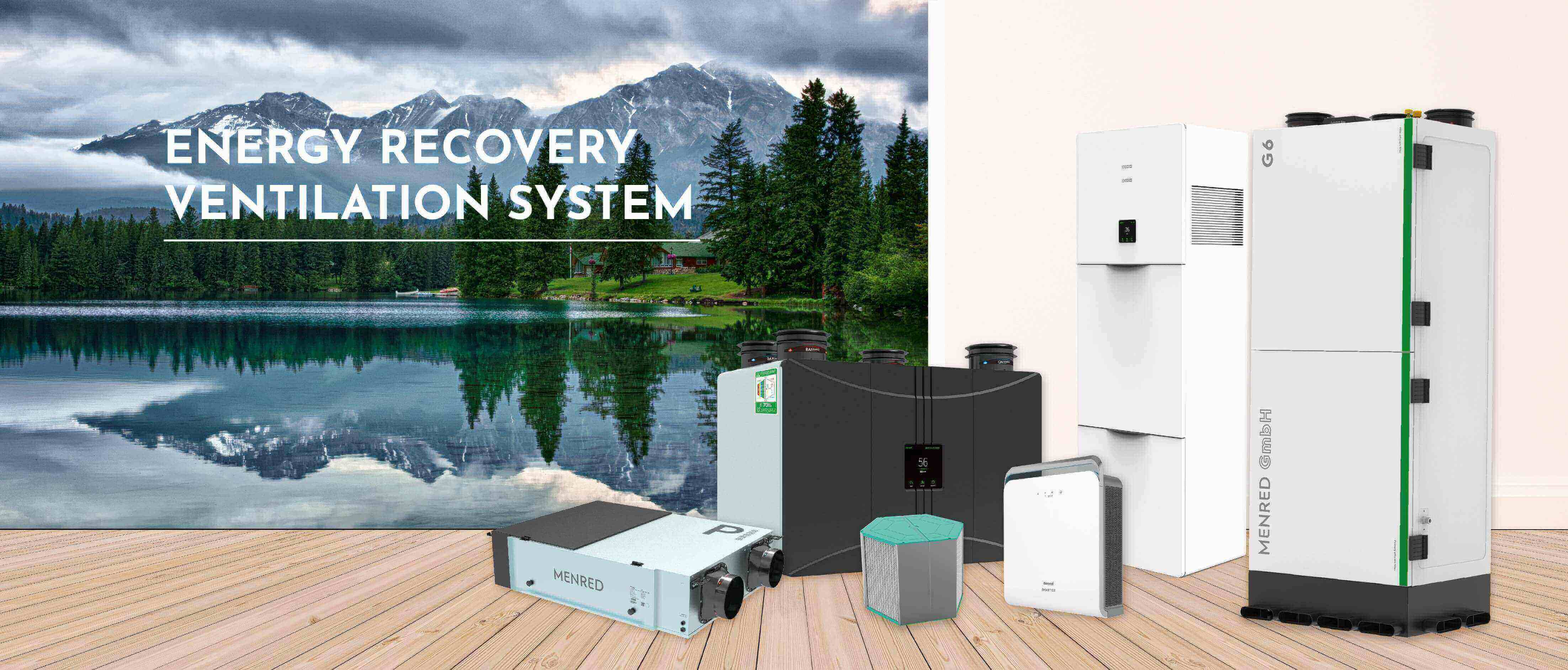Why Every Modern Home Needs an Energy Recovery Ventilator: Costs, Benefits & Expert Insights
views: 3119 time: 2025-04-12
views: 3119 time: 2025-04-12
Purpose of Ventilation System
Modern homes are increasingly airtight for energy efficiency, but this traps pollutants, humidity, and stale air. Ventilation systems address this by exchanging indoor and outdoor air while recovering energy. Their core purposes include:
1. Air Quality Enhancement
Ventilation systems filter pollutants like PM2.5, pollen, and VOCs, reducing respiratory risks. ERVs with advanced filtration capture 99.2% of particles, critical for urban or allergy-prone households.
2. Humidity Control
Excess moisture leads to mold; dry air causes discomfort. ERVs balance humidity by transferring moisture between exhaust and incoming air, maintaining 40–60% relative humidity for optimal comfort.
3. Energy Efficiency
By recovering 70–80% of energy from exhaust air, ERVs reduce HVAC workload, slashing heating/cooling costs by up to 30%.
4. Health Protection
Continuous airflow dilutes CO2 and pathogens, crucial as we spend 90% of time indoors, where pollutants are 2–5x higher than outdoors.
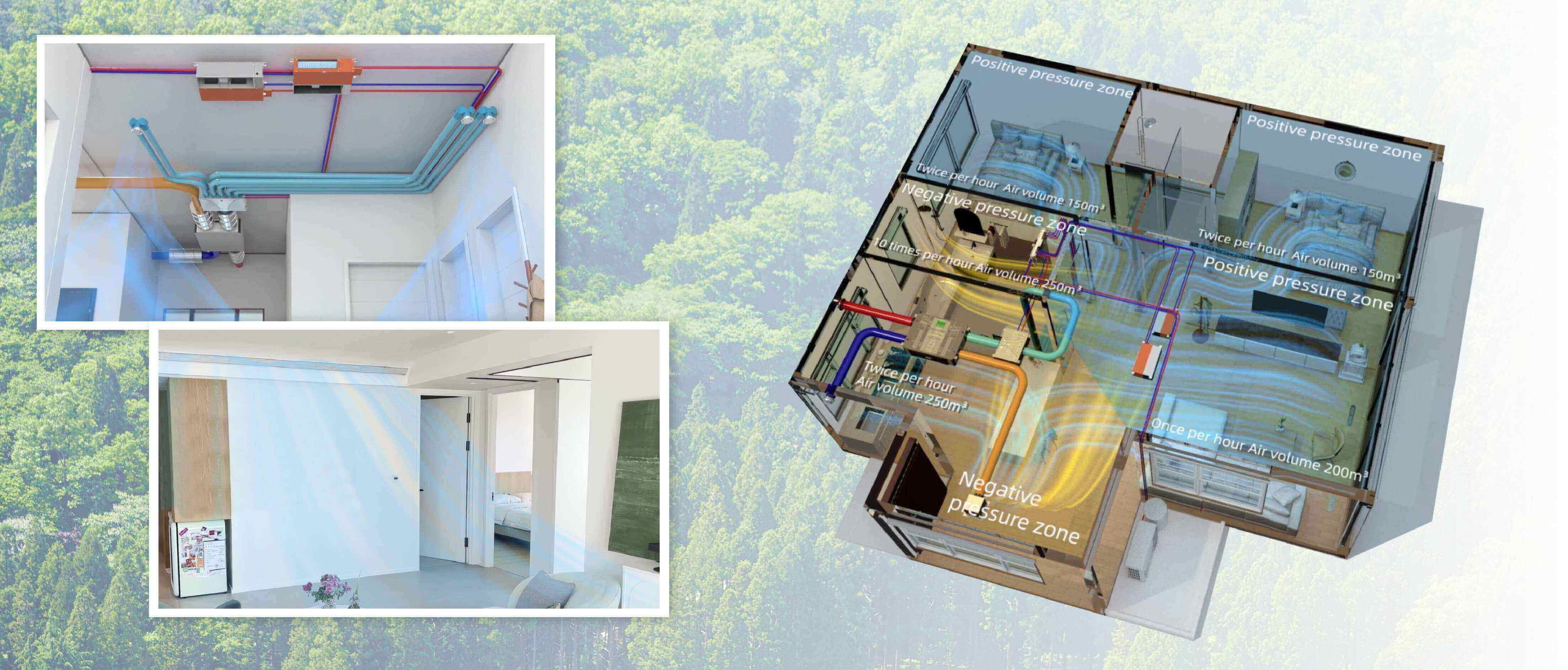
How to Use Ventilation System
Maximizing your system’s benefits requires proper usage and maintenance:
1. Daily Operation
- Run ERVs/HRVs continuously for consistent air exchange.
- Use smart modes (e.g., CO2 auto-adjustment) to optimize energy use.
2. Maintenance Checklist
- Filters: Replace every 3–6 months to prevent clogging.
- Heat Exchanger: Clean annually with a vacuum or soft brush.
- Ducts and Fans: Inspect yearly for blockages and ensure smooth airflow.
- System Calibration: Verify humidity and temperature sensors bi-annually.
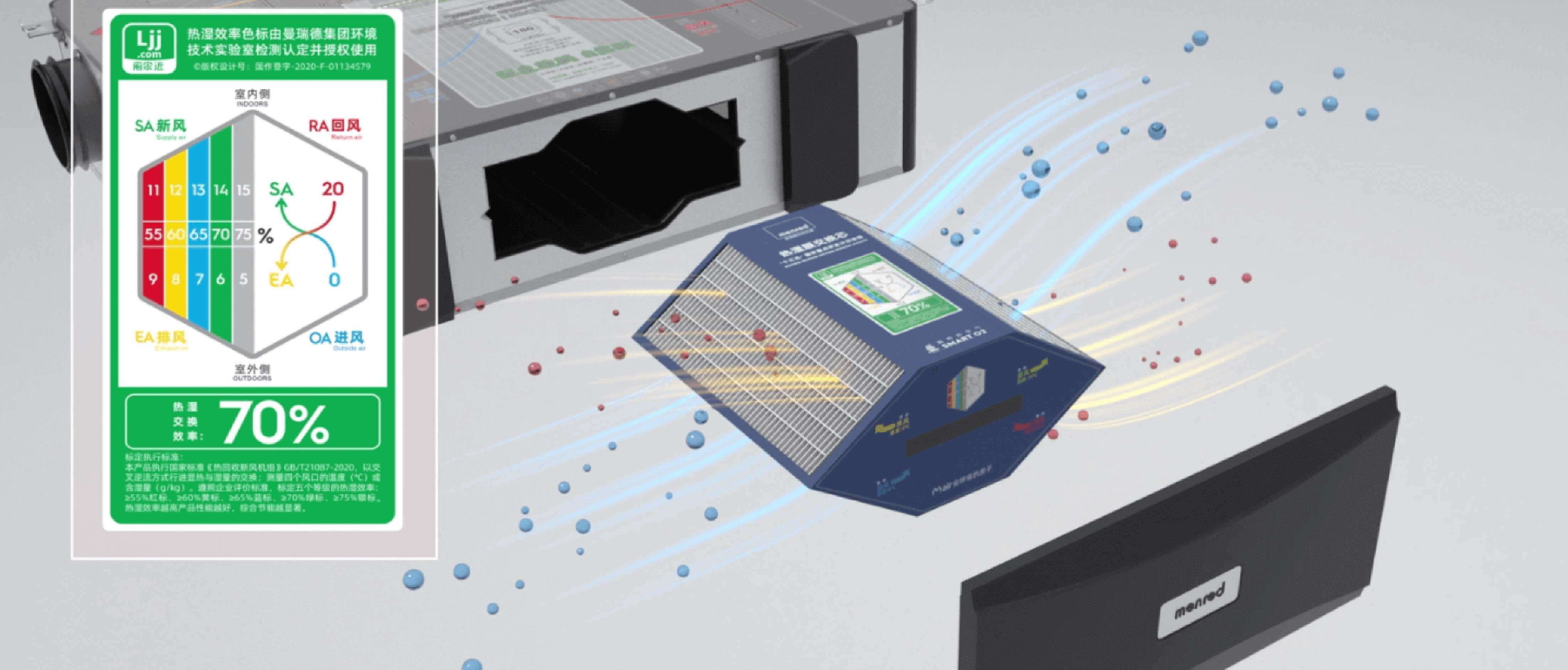
3. Professional Servicing
Schedule comprehensive inspections every 2–3 years to address leaks, optimize airflow, and extend system lifespan.
Is a Heat Recovery Ventilation System Worth It?
HRVs and ERVs are long-term investments with distinct advantages:
1. Cost Savings
- HRVs save heating in cold climates by recovering heat.
- ERVs excel in humid regions, reducing dehumidifier use and energy bills.
2. Climate Suitability
- HRVs: Ideal for dry climates (e.g., Canada), transferring heat without moisture.
- ERVs: Better for humid areas (e.g., Southeast Asia), balancing humidity year-round.
3. Health ROI
Systems like MENRED’s G4 ERV reduce asthma triggers and mold risks, potentially lowering medical expenses.
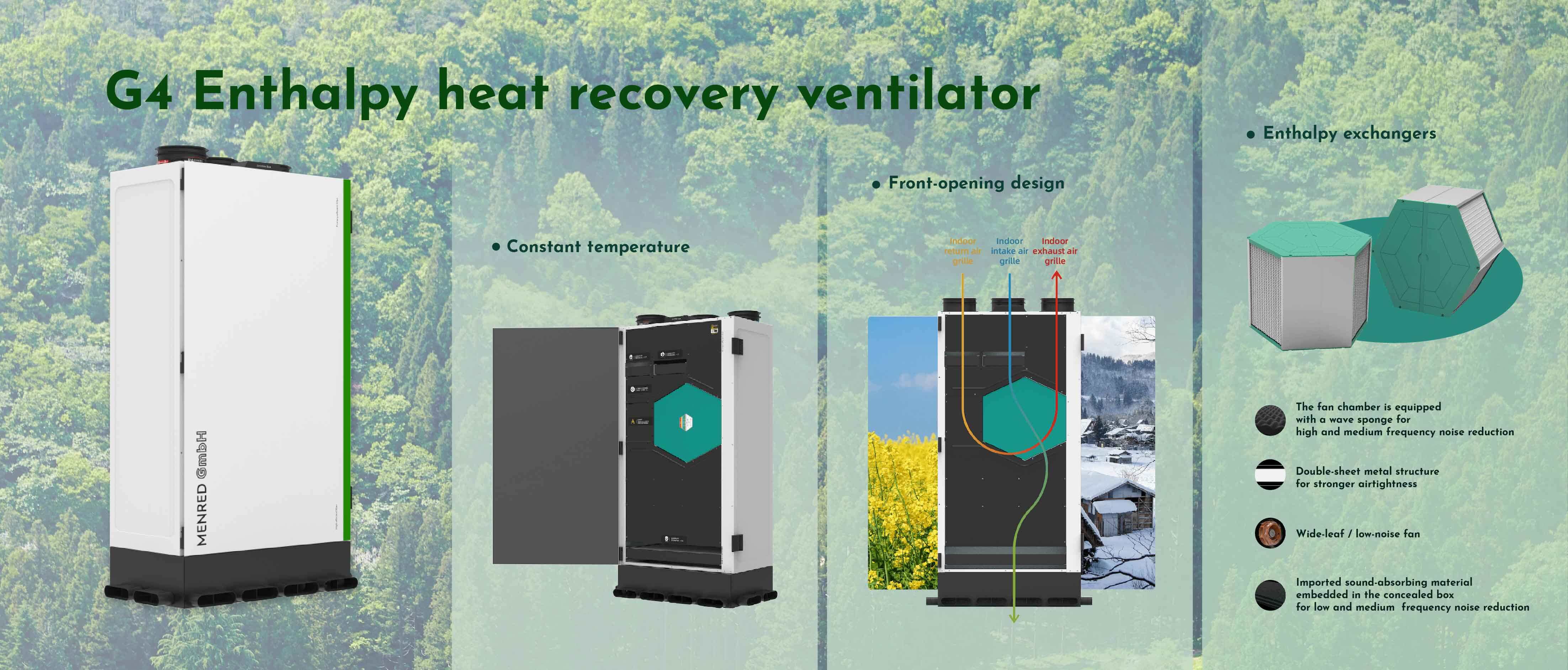
4. Environmental Impact
ERVs align with net-zero goals, cutting household carbon footprints.
How Much Does a HRV Cost for a House?
Costs vary by system type, size, and installation complexity(The following data is based on the European market):
1. HRV System Costs
- Unit Price: $1,060–$2,520 for residential models.
- Installation: $1,760–$3,130, including ductwork integration.
- Total: $3,320–$5,650 for mid-range systems.
2. ERV System Costs
- Premium Models: $2,420–$3,710 (e.g., MENRED Q6 with dehumidification).
- Commercial-Grade: Customizable according to user needs.
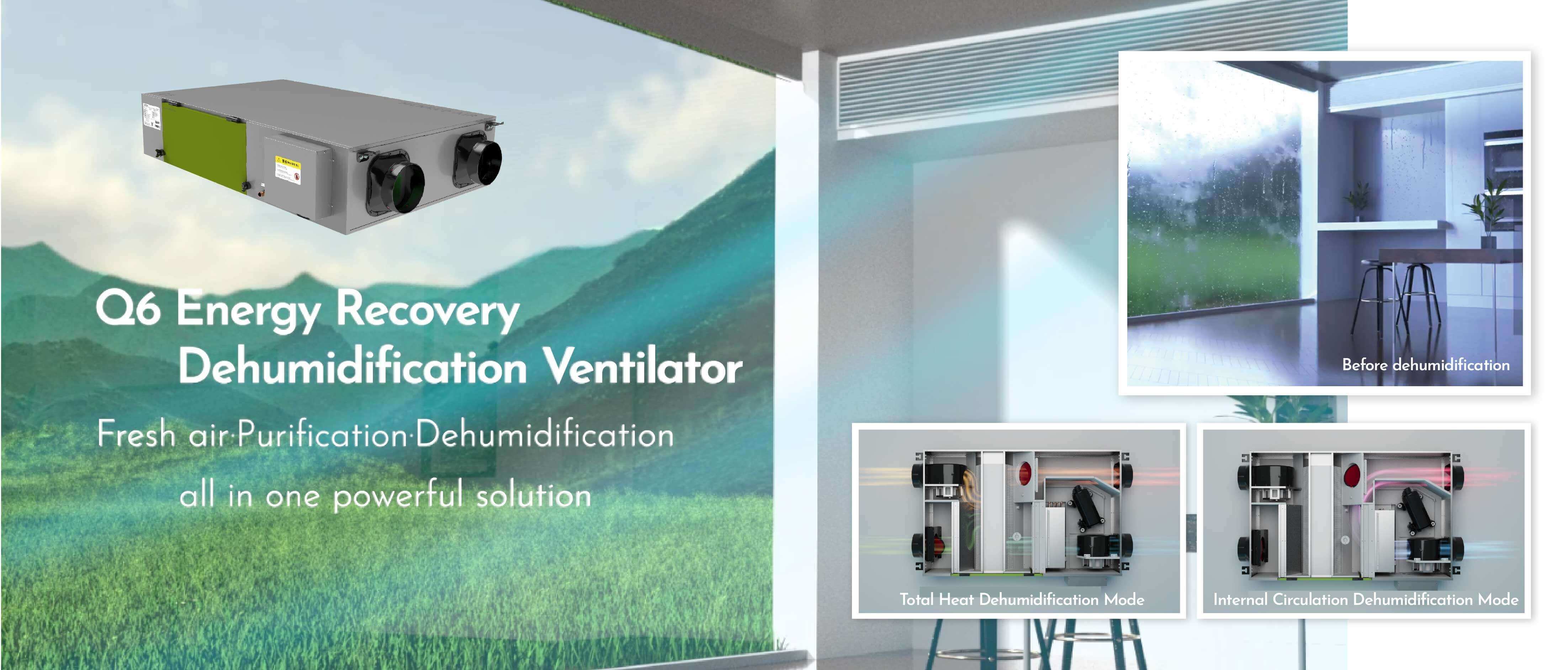
3. Operational Expenses(Based on Germany)
- Electricity: $3.50–$13.00/month(considering Germany’s average electricity price of around €0.37/kWh).
- Filters: $29–$60/year(similar to general European market trends).
Conclusion
Investing in an energy recovery ventilator isn’t just about fresh air—it’s a commitment to health, savings, and sustainability. With MENRED’s advanced ERV systems, homeowners gain smart humidity control, 70%+ energy recovery, and hospital-grade filtration. Whether you choose HRV or ERV, prioritize professional installation and maintenance to unlock decades of benefits.
Ready to transform your home? Explore MENRED’s ERV solutions today and breathe easier tomorrow.
